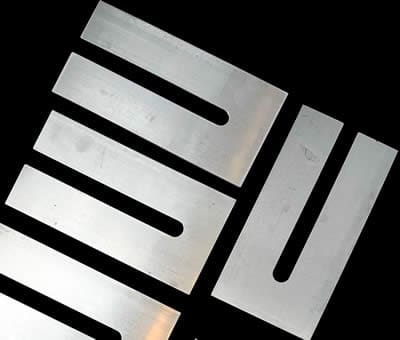Laser Cutting Tolerances


Understanding Laser Cutting Tolerances: Your Guide to Precision and Performance
Call 0121 544 5808 Today
Bespoke Manufacturing
Instant Quote Service
Worldwide Delivery
Various Gauges/Thicknesses
Bespoke Manufacturing
Instant Quote Service
Worldwide Delivery
Various Gauges/Thicknesses
What Is Laser Cutting Tolerance?
Laser cutting tolerance refers to the degree of dimensional accuracy a part can maintain after cutting. It defines how close the cut part is to the design specification. Tighter tolerances mean smaller allowable variation.
This matters when:
- Parts must align perfectly with other components.
- Gaskets or shims require a tight seal or fit.
- Products undergo quality audits or compliance checks.
Standard Laser Cutting Tolerance Ranges
Here’s a quick overview of achievable tolerances for common materials:
| Material | Thickness Range | Typical Tolerance (mm) |
|---|---|---|
| Mild Steel | 0.5-10mm | ±0.1 to ±0.25 |
| Stainless Steel | 0.5-8mm | ±0.1 to ±0.2 |
| Aluminium | 0.5-6mm | ±0.15 to ±0.25 |
| Brass/Copper | 0.5-4mm | ±0.1 to ±0.3 |
| Plastics (e.g. PTFE) | 0.5-10mm | ±0.2 to ±0.3 |
| Non-metallic (e.g. gaskets) | 0.5-5mm | ±0.2 to ±0.4 |
Fibre vs. CO₂ Laser Tolerance
At Stephens Gaskets, we operate both fibre and CO₂ laser machines. Each has different strengths:
1. Fibre lasers
Ideal for metals; fast, accurate, minimal edge burring; best for fine detail.
2. CO₂ lasers
Better for non-metallics like rubber, cork, or plastics; may have wider kerf.
What Impacts Laser Cutting Tolerance?
Even the most advanced laser machines rely on a few critical variables:
- Material thickness: Thicker sheets expand the heat-affected zone, reducing sharpness..
- Material type: Softer or fibrous materials (e.g. rubber) don’t hold as tight a cut as metals.
- Part size and detail: Intricate or micro-scale features may require reduced feed speeds.
- Thermal distortion: Lasers apply heat. The more heat, the greater the chance of expansion or warping.
- Machine calibration: We routinely check optics, gas delivery, and beam alignment for consistent results.
Tight Tolerance Applications: Who Needs It?
Many industries demand high-tolerance laser cut components.
Here’s where we deliver:
- Aerospace tight clearances in gaskets, brackets, shielding.
- Medical ultra-fine profiles for non-metallic components.
- Automotive exhaust components, custom washers, tight-fitting spacers.
- Electronics board-level insulators and thermal shims.
- Tooling/fixtures where jigs and templates require perfect repeatability.
If your project demands ±0.05mm or better, our engineering team can review your CAD files and advise on feasibility.
Laser Cutting Tolerance vs. Other Processes
How does laser cutting compare to stamping, waterjet, or CNC machining?
| Method | Best For | Tolerance Potential |
|---|---|---|
| Laser Cutting | Complex profiles, mid-size runs | ±0.05-0.3mm |
| Waterjet | Thick materials, no heat zones | ±0.1-0.5mm |
| CNC Machining | Metal prototypes, threads | ±0.01-0.05mm |
| Press Stamping | High-volume, consistent profiles | ±0.05-0.2mm (with tooling) |
Prototyping? Start with Laser
For many engineers, the first step in a product launch is laser cutting a small batch. Stephens Gaskets supports rapid prototyping with:
- Fast quotes (within hours).
- Samples delivered in 2–5 working days.
- Advice on design-for-manufacture.
- Material trials for edge finish and tolerance testing.
Start your idea with laser cutting – then scale confidently.
Why Stephens Gaskets for Tight Tolerance Laser Cutting?
With over 70 years in UK manufacturing, Stephens Gaskets is a trusted partner for precision laser cut parts. Our laser team works to the highest standards:
- ISO 9001:2015 certified.
- In-house laser profiling, finishing, and inspection.
- Experienced in both one-offs and production batches.
- Transparent, competitive pricing.
- Personalised customer support.
From concept to completion, we focus on getting it right the first time.
